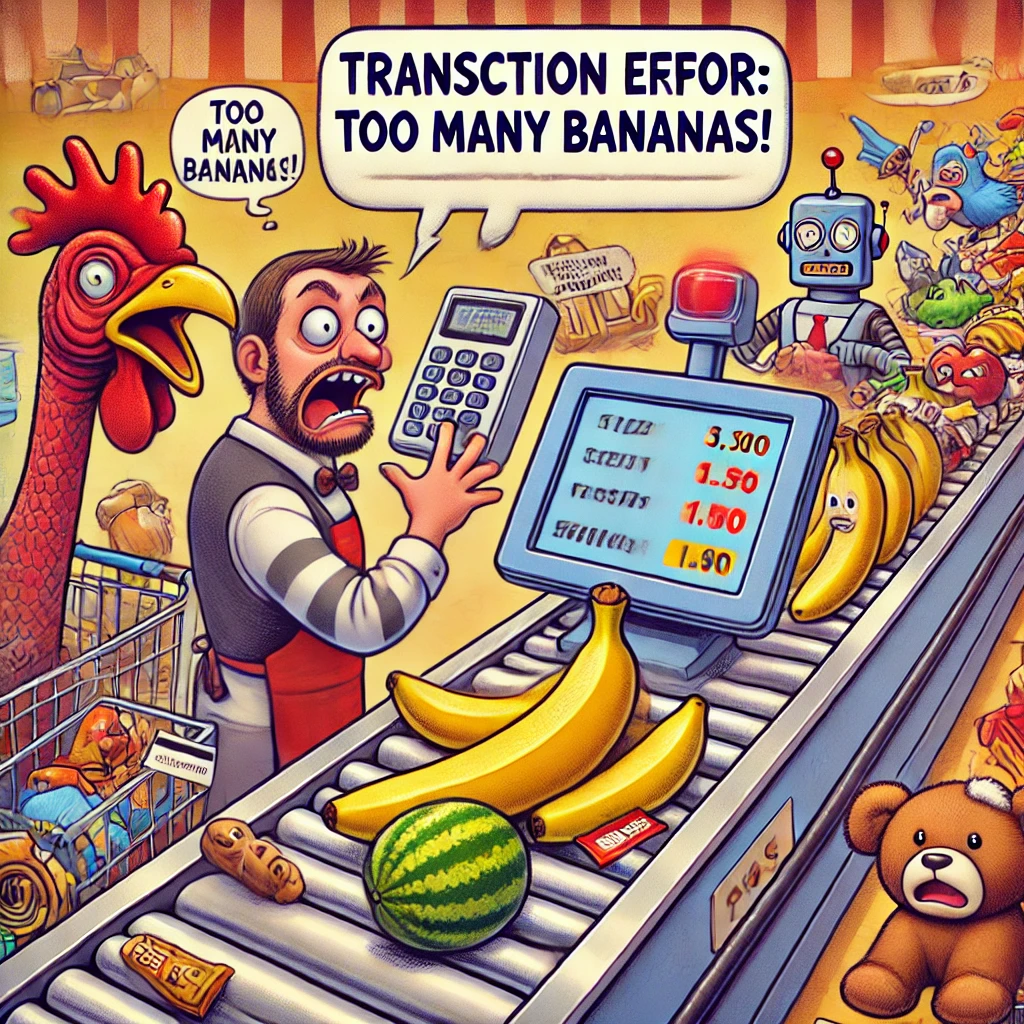Adlega Blog:
-

Scaling SaaS Sales Operations Without a CFO
For SaaS startups in growth mode, managing sales operations efficiently becomes increasingly crucial. While larger companies can rely on a Chief Financial Officer (CFO) to oversee financial strategy and sales operations, early-stage startups often can’t justify this expense. This comprehensive guide explores how SaaS founders can effectively scale their sales operations without hiring a full-time…
-

Churn Reduction Techniques for SaaS Companies
Customer churn is the silent killer of SaaS businesses. While many founders focus on acquiring new customers, the most successful SaaS companies know that retaining existing customers is just as crucial – if not more important – for sustainable growth. In fact, reducing churn by just 5% can increase profits by 25-95%, according to…
-

Implementing Effective Content Marketing Strategies for SaaS
After understanding the theoretical foundations of content marketing for SaaS businesses, the next crucial step is implementing these concepts into actionable strategies. This guide provides SaaS founders with practical, step-by-step approaches to creating and executing content marketing strategies that drive measurable growth. Introduction: The Practical Challenge of Content Marketing Implementation While 89% of SaaS…
-

Content Marketing for SaaS Growth: Concepts and Fundamentals
Content marketing has emerged as a critical growth driver for Software-as-a-Service (SaaS) companies, but many founders struggle to understand its theoretical foundations and why it works so effectively in this specific business model. This comprehensive guide explores the fundamental concepts behind SaaS content marketing, helping founders build a strategic framework for sustainable growth. What…
-

Financial Metrics Every SaaS Founder Should Track
When Sarah Chen launched her project management SaaS startup in 2021, she was confident her innovative product would sell itself. After an initial surge of customers, growth plateaued mysteriously. “We were making sales, but our bank account wasn’t growing,” Sarah recalls. “It wasn’t until we started tracking our customer acquisition costs and lifetime value that…
-

Time to Customer (TTC): The Critical Metric for SaaS Growth
In the fast-paced world of SaaS, growth metrics can make or break your business. Among these metrics, Time to Customer (TTC) stands out as one of the most critical indicators of your company’s operational efficiency and future success. This often-overlooked metric doesn’t just impact your sales cycle—it affects everything from cash flow to customer satisfaction…
-
Build in Public: The Ultimate Guide for SaaS Founders
In today’s competitive SaaS landscape, transparency isn’t just a buzzword—it’s becoming a powerful business strategy. Building in public means sharing your startup journey openly with your audience: the good, the bad, and everything in between. This approach is revolutionizing how founders connect with users, build communities, and accelerate growth. For SaaS founders looking to stand…
-

Customer Acquisition Strategies for Early-stage SaaS Startup
Introduction: The Early-Stage Acquisition Challenge For early-stage SaaS founders, customer acquisition often feels like trying to fill a leaky bucket. You pour resources into attracting users, but without the right strategy, those efforts drain away with little to show for them. Unlike established SaaS businesses with predictable acquisition engines, early-stage startups face a different reality:…
-

Understanding Customer Health Score: Guide for SaaS Founders
In today’s SaaS landscape, keeping customers happy and preventing them from leaving your platform is just as important as acquiring new ones. This article will dive deep into Customer Health Score (CHS) – a powerful metric that helps you understand how likely your customers are to stick around, grow their usage, or potentially leave your…
-

Point of Sale (POS): A Complete Guide for SaaS Founders
In this comprehensive guide, we’ll explore everything SaaS founders need to know about Point of Sale (POS) systems. We’ll cover the fundamentals, essential features, business models, ROI calculations, future trends, and common challenges. Whether you’re considering entering the POS market or looking to integrate with POS systems, this guide will provide you with practical insights…
-
Product Led Growth: A Complete Guide for SaaS Founders
In today’s competitive SaaS landscape, finding the right growth strategy can make the difference between success and failure. This comprehensive guide will walk you through Product Led Growth (PLG) – a powerful approach that’s helped companies like Slack, Zoom, and Dropbox achieve remarkable success. Whether you’re just starting your SaaS journey or looking to pivot…
-

Account Expansion Rate: Growth Beyond Customer Acquisition
In this comprehensive guide, we’ll dive deep into Account Expansion Rate, a crucial metric for SaaS companies. You’ll learn why this metric matters, how to calculate it, and most importantly, how to improve it. We’ll use real examples and practical scenarios to help you understand and apply these concepts to your SaaS business. What is…
Got any book recommendations?